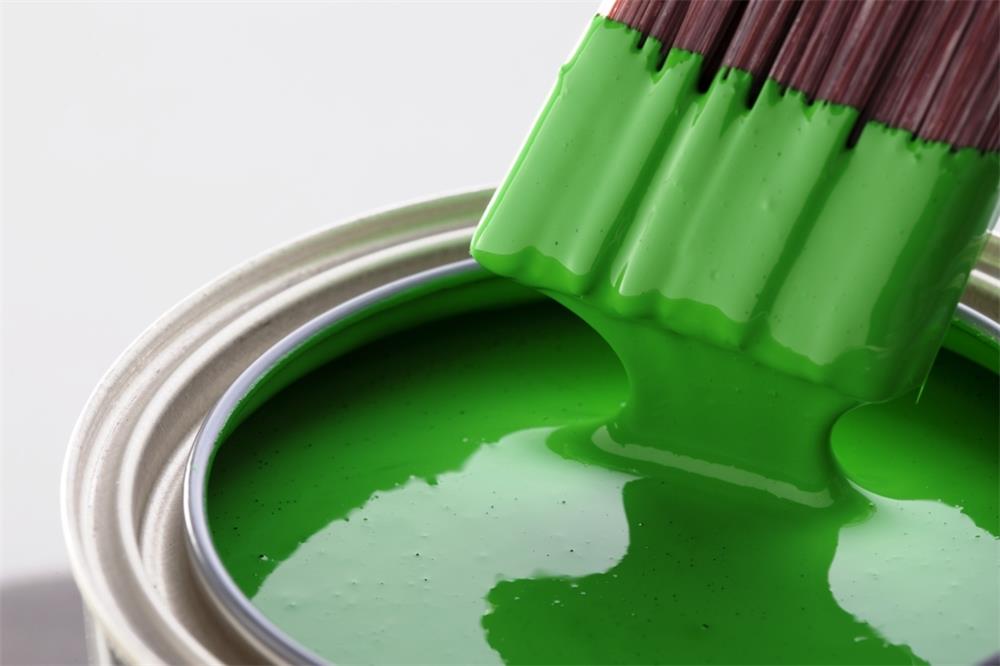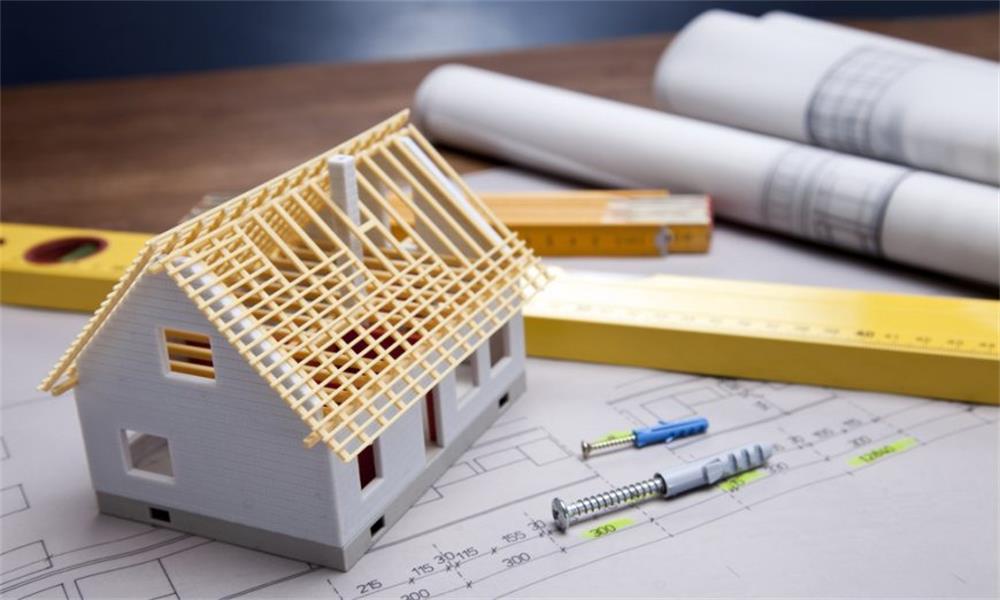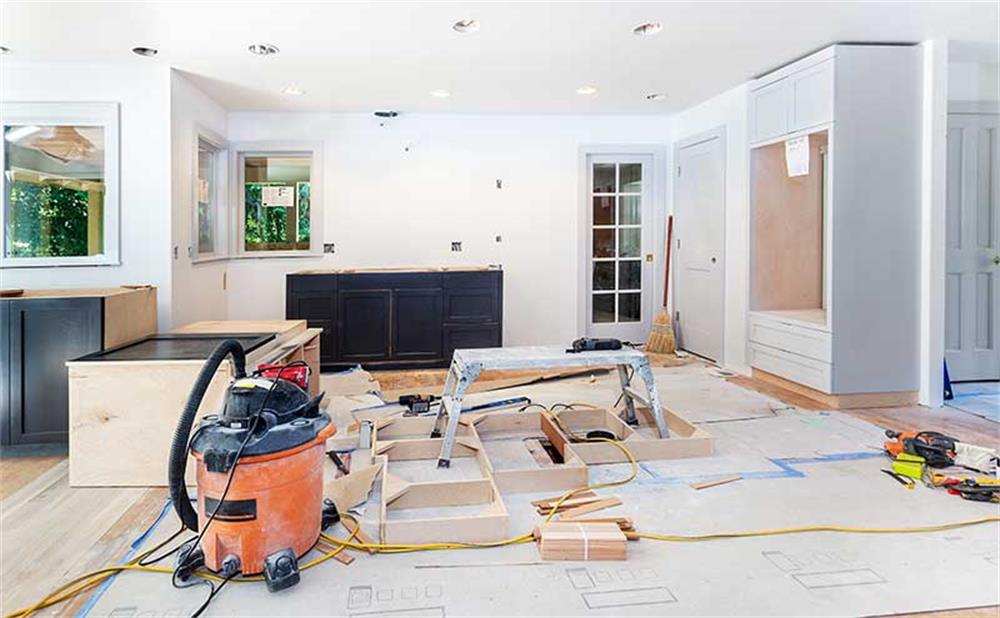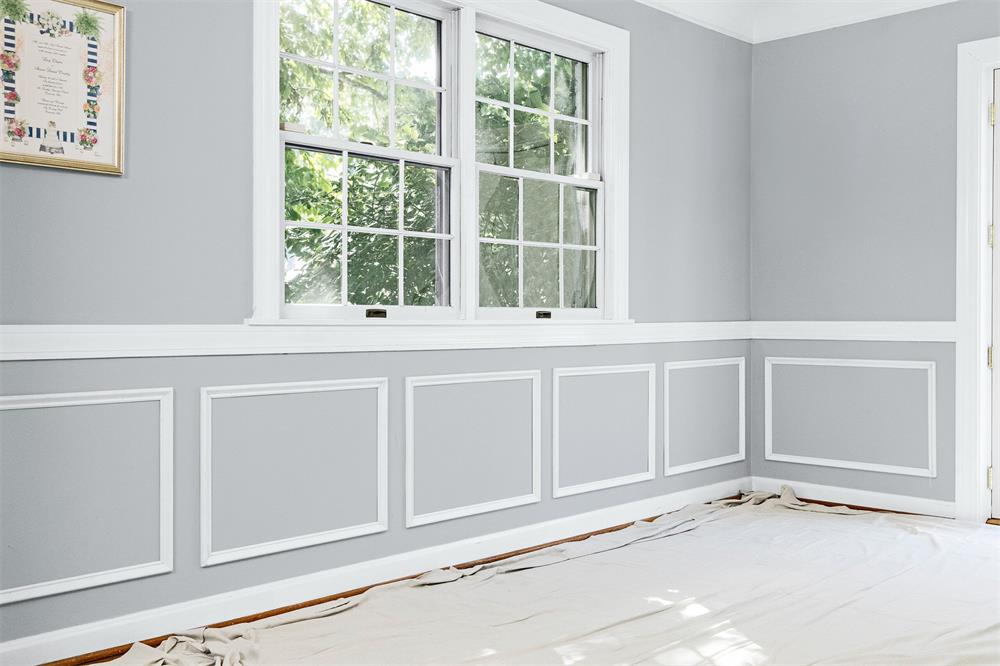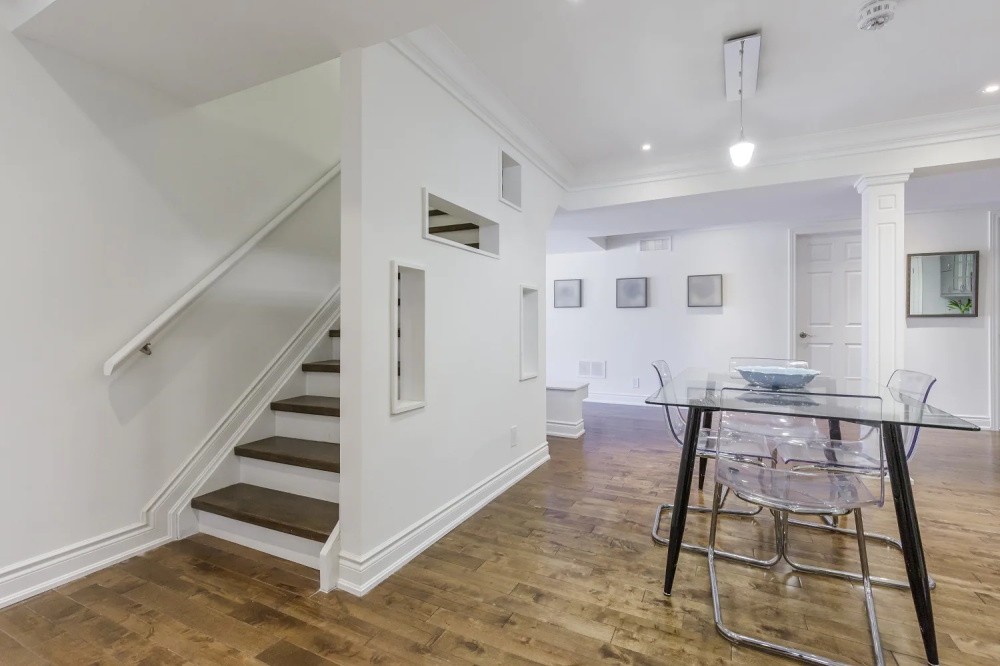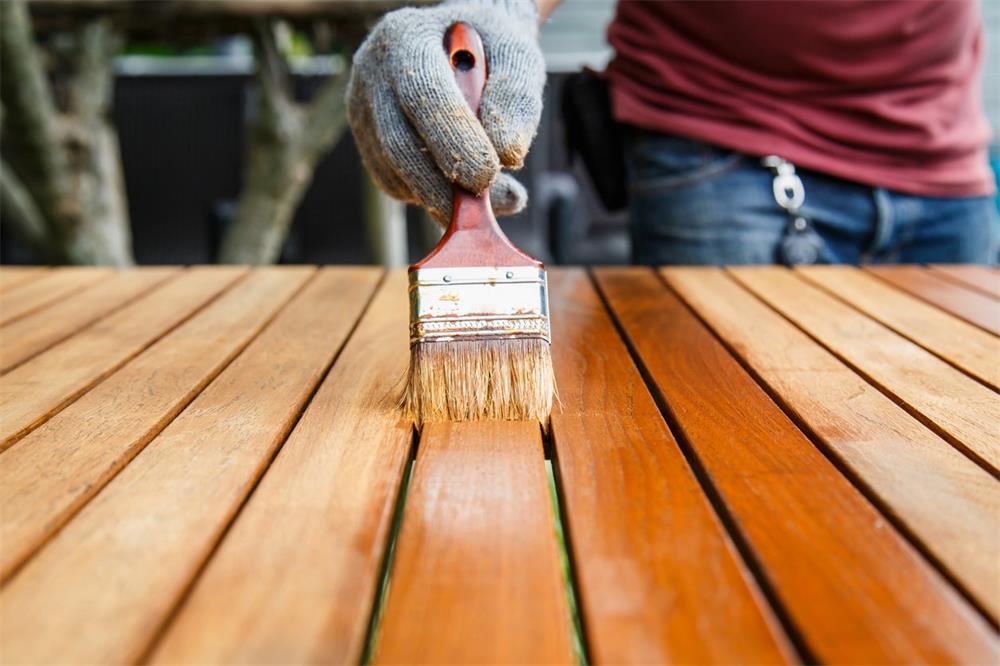Painting your home can be a fun and rewarding project, but it also requires some planning and preparation. One of the most important steps is to figure out how much paint you will need for your walls, ceilings, doors, windows and mouldings. This will help you avoid wasting paint or running out of it in the middle of your work.
To estimate the amount of paint you need, you can use a paint calculator tool that will do the math for you. A paint calculator will ask you to enter some information about your project, such as the dimensions of the room, the number of doors and windows, the width of the moulding and the paint coverage per gallon. Based on these inputs, the paint calculator will give you an approximate amount of paint and primer (or paint with primer) that you will need for your project.
You can find different paint calculators online from various paint brands and retailers, such as Sherwin-Williams¹, Lowes² or Asian Paints³. Each paint calculator may have slightly different features and options, but they all work on the same principle. You can use any paint calculator that suits your needs and preferences.
However, keep in mind that a paint calculator is only a guide and not a guarantee. The actual amount of paint you need may vary depending on factors such as the application method, the surface condition, the color contrast and the number of coats. To confirm the product amounts, you should visit your local paint store and talk to a representative who can help you with your specific project.
Before you start painting, you should also make sure that you have all the necessary tools and materials for your project, such as drop cloths, paint buckets, painters tape, sandpaper and a ladder. You can find more tips and advice on how to paint a room or other surfaces on our website or other online resources.
Painting your home can be a great way to refresh your space and express your style. With a paint calculator, you can make the process easier and more efficient by estimating how much paint you need for your project.
How to Choose the Right Paint Color and Sheen for Your Home
Another important step in painting your home is to choose the right paint color and sheen for your walls, ceilings and other surfaces. The paint color and sheen can have a big impact on the mood, style and appearance of your space. They can also affect the durability, maintenance and performance of your paint.
To choose the right paint color for your home, you should consider several factors, such as:
- The size and shape of the room. Light colors can make a small or narrow room look bigger and brighter, while dark colors can create a cozy and intimate feel. You can also use contrasting colors to accentuate or minimize certain features of the room, such as the ceiling height or the architectural details.
- The lighting and direction of the room. The amount and type of natural and artificial light in the room can affect how the paint color looks throughout the day. For example, a north-facing room may look cooler and darker than a south-facing room, so you may want to choose a warmer or lighter color to balance it out. You can also use different types of light bulbs to create different effects with your paint color, such as warm or cool tones.
- The function and mood of the room. The paint color can influence how you feel and behave in the room, so you should choose a color that matches the purpose and atmosphere of the space. For example, you may want to use calm and soothing colors for your bedroom or bathroom, vibrant and energetic colors for your kitchen or living room, or neutral and professional colors for your home office or study.
- The existing furniture and decor in the room. The paint color should complement and coordinate with the other elements in the room, such as the flooring, curtains, rugs, artwork and accessories. You can use a color wheel to find harmonious or contrasting colors that work well together. You can also use a paint visualizer tool that allows you to upload a photo of your room and try out different paint colors in it.
To choose the right paint sheen for your home, you should consider these factors:
- The surface condition and texture. The paint sheen refers to how shiny or matte the paint finish is. The higher the sheen, the more reflective and smooth the surface will be. The lower the sheen, the more dull and rough the surface will be. Generally, you should use a higher sheen for smoother surfaces that are in good condition, as they will highlight the details and quality of the surface. You should use a lower sheen for rougher surfaces that have imperfections, as they will hide the flaws and create a more uniform look.
- The durability and maintenance. The paint sheen also affects how well the paint will resist stains, scratches, scuffs and marks. The higher the sheen, the more durable and easy to clean the surface will be. The lower the sheen, the more prone to damage and difficult to clean the surface will be. Generally, you should use a higher sheen for high-traffic areas that are exposed to moisture, dirt and wear-and-tear, such as kitchens, bathrooms, hallways and kids’ rooms. You should use a lower sheen for low-traffic areas that are more decorative than functional, such as bedrooms, dining rooms and living rooms.
- The appearance and style. The paint sheen can also affect how the paint color looks on the surface. The higher the sheen, the more vivid and bright the color will be. The lower the sheen, the more muted and soft the color will be. Generally, you should use a higher sheen for bold and dramatic colors that you want to stand out in your space. You should use a lower sheen for subtle and elegant colors that you want to blend in with your space.
There are different types of paint sheens available in the market, such as flat/matte (no shine), eggshell (low shine), satin (medium shine), semi-gloss (high shine) and gloss (very high shine). Each type of paint sheen has its own advantages and disadvantages depending on your needs and preferences.
Choosing the right paint color and sheen for your home can be a fun and creative process that allows you to express your personality and style in your space. With some research and experimentation, you can find the perfect combination that suits your taste and budget.

